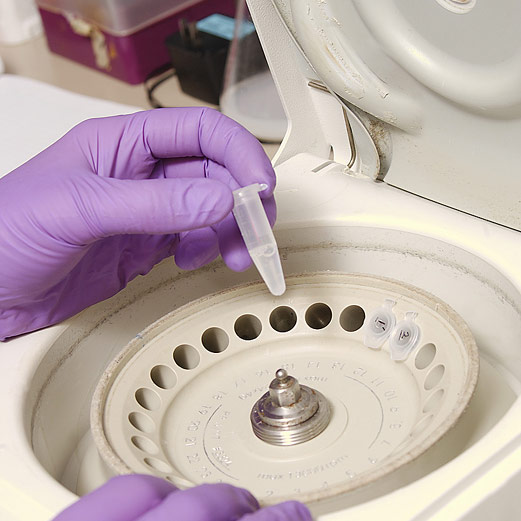FRIDAY, Aug. 19, 2016 (HealthDay News) — Hispanics might carry genetic advantages that allow them to age at a slower rate than other ethnic groups, a new study finds.
DNA analysis using a newly developed genetic “clock” found that Hispanics age more slowly because they are more resistant to natural processes that interfere with cell repair and development as we grow older, said lead researcher Steve Horvath. He is a professor of human genetics at the David Geffen School of Medicine at University of California, Los Angeles.
For example, the biological clock measured Hispanic women’s “genetic” age as 2.4 years younger than non-Hispanic women of the same actual age after menopause, the researchers reported.
These results help explain prior research showing that Hispanics in the United States have a longer life span than whites, blacks, Asians and other ethnic groups, Horvath said.
This phenomenon has long puzzled medical experts, given that Hispanics experience higher rates of diabetes and other diseases that ought to shorten their life expectancy, Horvath said.
Hispanics in the United States live an average of three years longer than whites. The average life expectancy for Hispanics is 82 versus 79 for whites, the U.S. Centers for Disease Control and Prevention says.
A 2013 study in the American Journal of Public Health found that regardless of age, healthy Hispanic adults face a 30 percent lower risk of early death than other racial groups.
“We suspect that Latinos’ slower aging rate helps neutralize their higher health risks, particularly those related to obesity and inflammation,” Horvath said in a university news release.
“Our findings strongly suggest that genetic or environmental factors linked to ethnicity may influence how quickly a person ages and how long they live,” he added.
The biological clock used in the new study evaluates the rate of DNA methylation occurring in a person’s blood and other tissues, Horvath said.
Each person’s DNA sequence remains unchanged throughout their life, serving as an ongoing blueprint for cells, he said.
But cells’ ability to read and interpret that genetic blueprint can be altered by DNA methylation. This occurs when chemicals attach to the DNA molecule.
“By very carefully looking at the gain and loss of methylation, one can actually measure somebody’s biological aging rate,” Horvath said of the genetic clock used in this study, which he created in 2013.
Horvath and his colleagues analyzed 18 sets of data on DNA samples from nearly 6,000 people representing seven different ethnicities: two African groups, African-Americans, Caucasians, East Asians, Hispanics and an indigenous people of Bolivia called the Tsimane who are genetically related to Hispanics.
The investigators found that after accounting for differences in cell composition, the blood of Hispanics and the Tsimane aged more slowly than other groups.
In fact, the Tsimane aged even more slowly than Hispanics. The biological clock calculated the age of their blood as two years younger than Hispanics and four years younger than whites.
The researchers also found that blood and brain tissue ages faster in men than in women. This result jibes with the fact that women commonly live longer than men.
A biological clock like the one Horvath created would be very useful for researchers once it has been confirmed as accurate, said Steven Austad. He’s chair of biology for the University of Alabama at Birmingham and scientific director of the American Federation for Aging Research.
Such a clock could rapidly compress the time it takes to complete clinical trials for drugs with the potential for slowing aging, for example — allowing what normally would be a five-year or 50-year study to be completed in a matter of months, Austad said.
Unfortunately, aging is a complex process and has resisted previous attempts to quantify it.
“People have been looking for these biomarkers of aging for a long, long time. Many have sort of come and gone over time,” Austad said. “The current status of the field is that there are no fully accepted biomarkers of aging.”
Researchers looking to confirm this potential biological clock should test it on lab animals, where they can account for other factors that also influence aging, Austad said.
“The next step in research if they want to convince the field is to experiment on lab animals where we can control many, many things,” he said. “It seems to me adding that to this human research would make this a much more compelling story.”
The new study was published online recently in the journal Genome Biology.
More information
For more on aging research, visit the U.S. National Institute on Aging.
Copyright © 2025 HealthDay. All rights reserved.

